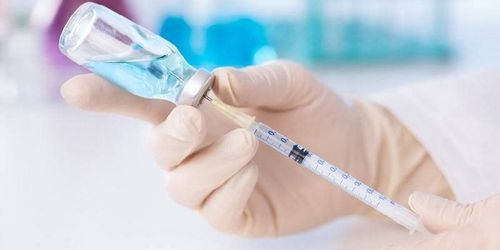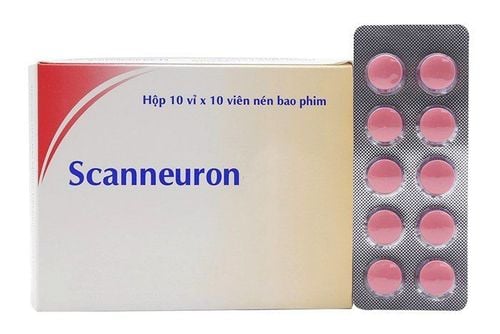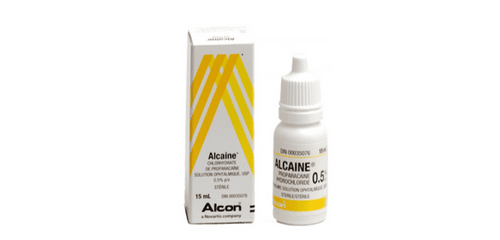This is an automatically translated article.
Along with the development of medicine, cases of anesthetic poisoning have not happened so often as before. However, the management and minimizing the risk of anesthetic poisoning is still one of the important knowledge to know for each person.
1. What is the cause of anesthetic poisoning?
To date, it has been shown that the causes of anesthetic toxicity include inadvertent intravascular injection, tissue absorption, repeated dosing from different health care professionals without the need for medical procedures. drug elimination. All anesthetics have the potential to cause systemic toxicity with varying rates of neurotoxicity and cardiovascular toxicity. Furthermore, lipophilicity and protein binding contribute to the differences in pharmacokinetics and thereby predispose the drug to toxicity.
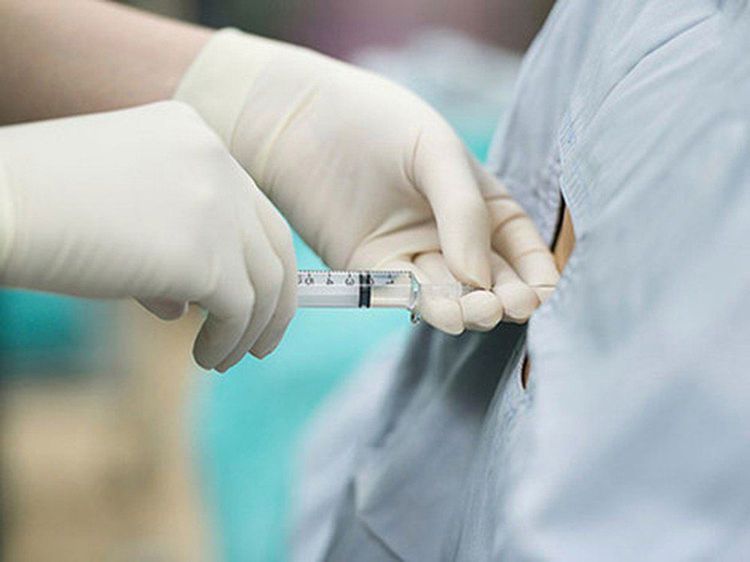
Thuốc gây tê được bơm vào cơ thể người bệnh
2. Clinical manifestations of anesthetic poisoning
The following signs, including anaphylaxis, are most common and may appear early or late:
2.1. Cardiovascular signs Cardiac arrhythmias, conduction disturbances in the heart; Severe drop in blood pressure; The heart stops beating. 2.2. Central nervous system signs Bitter mouth, numbness around the mouth area; Tinnitus, blurred vision; Agitation, confusion; Have convulsive symptoms; Lethargy, coma; Stop breathing.
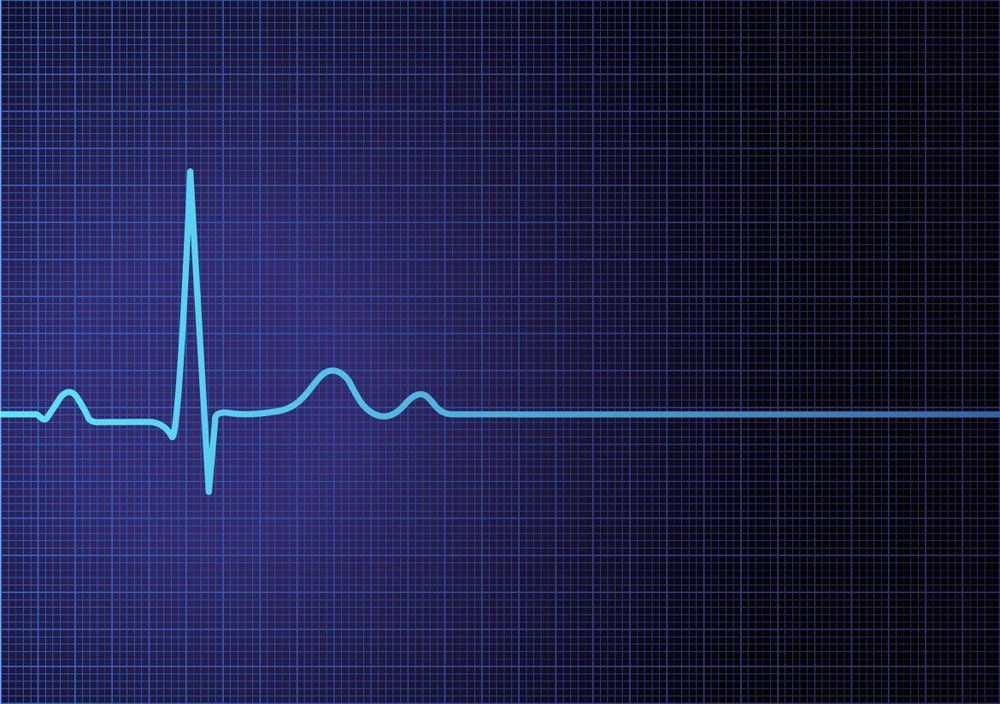
Ngừng tim là một trong các triệu chứng ngộ độc thuốc gây tê
3. How to handle the risk of anesthetic poisoning
When there is a case where the patient is poisoned with anesthetic drugs, the treatment at this time must have a doctor's intervention.
Need for immediate infusion of 20% lipid: For intravenous injection: Use 1.5 ml/kg Lipid 20% in about 2-3 minutes; Maintenance infusion at a dose of 0.25 ml/kg per minute; If the patient's condition does not improve, repeat the injection at the same dose and at twice the maintenance infusion rate (0.25 ml/kg every 30 seconds). Note: the total injected dose should not exceed 12 ml/kg in 30 minutes. Use benzodiazepines (Midazolam) to treat seizures. Avoid using Propofol in hemodynamically unstable patients; Use Atropin to treat bradycardia; When the heart shows signs of stopping, it is necessary to immediately contact the nearest cardiopulmonary unit and be ready for prolonged resuscitation. In addition, immediately use Lipid 20%, use adrenaline at a dose of 1 mcg/kg, electric shock, .... Note: Do not use Vasopressin, calcium channel blockers, Beta-blockers or other anesthetics.
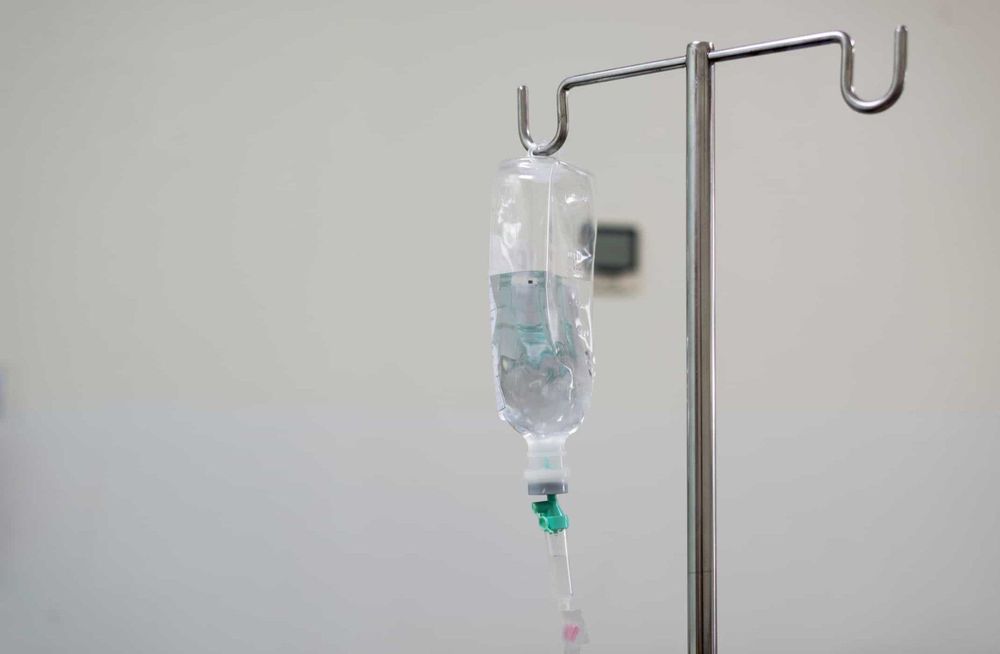
Thiết lập đường truyền dịch, xử trí nguy cơ ngộ độc thuốc gây tê
4. Minimize the risk of anesthetic poisoning
In order to minimize the risk of poisoning from local anesthetics, the following must absolutely be considered:
With caution, use the smallest amount of local anesthetic to achieve the required medical effect; Inject at the correct site (do not inject intravascular); Attention in patients with the highest possibility of anesthetic poisoning are children, the elderly, people with heart failure, people with low blood protein,...; Carefully monitor the syringe during injection, reverse the syringe before each injection; Inject slowly and observe the patient to detect suspicious manifestations immediately; Be careful when injecting local anesthetic, even in places such as: low dose, subcutaneous anesthesia, mucosal anesthesia, after removing the garo, ...
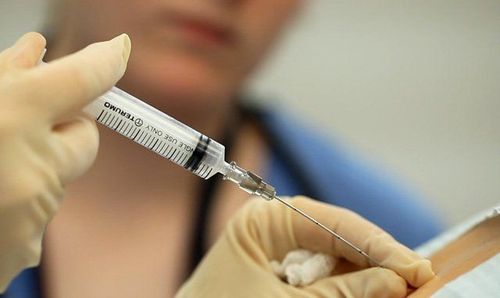
Thuốc gây tê được tiêm ở vị trí chính xác
Anesthesia poisoning can take a patient's life very quickly. Therefore, medical staff should be very careful in the process of treatment, promptly handle when the patient has suspicious signs and call the Department of Anesthesia for resuscitation when there are dangerous signs mentioned above. .
Please dial HOTLINE for more information or register for an appointment HERE. Download MyVinmec app to make appointments faster and to manage your bookings easily.




